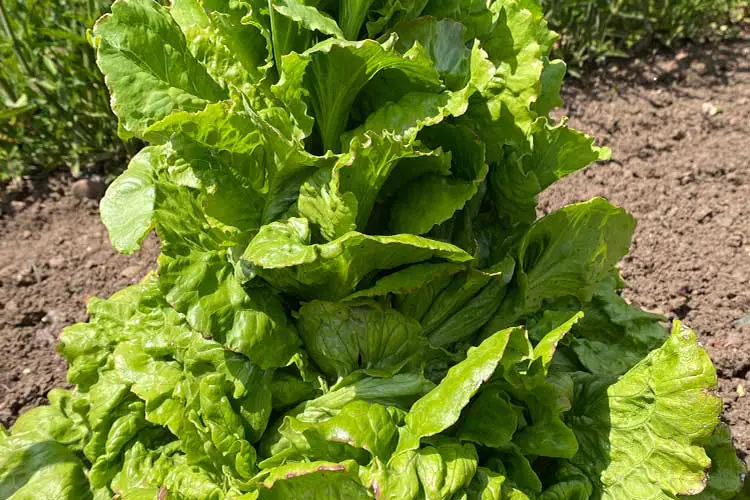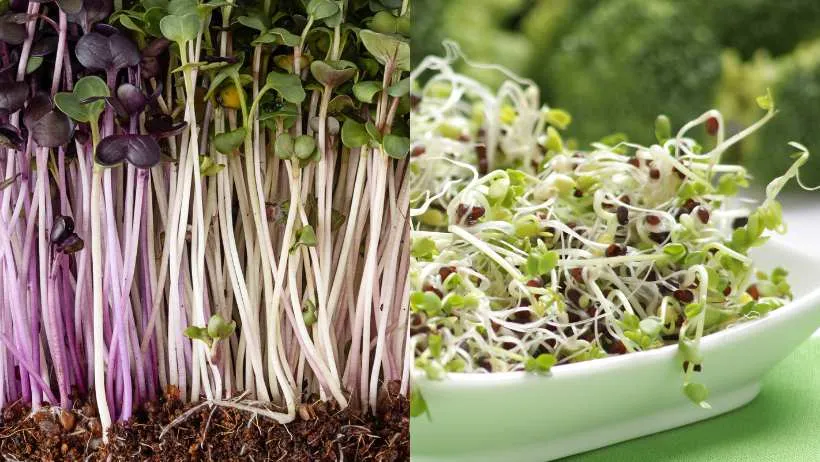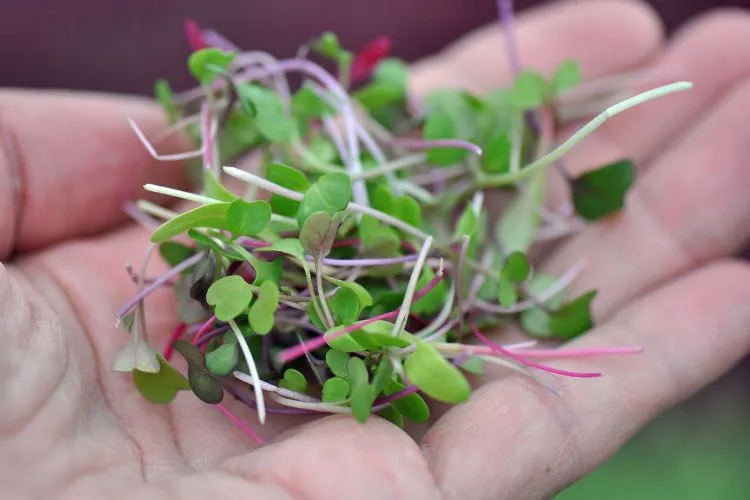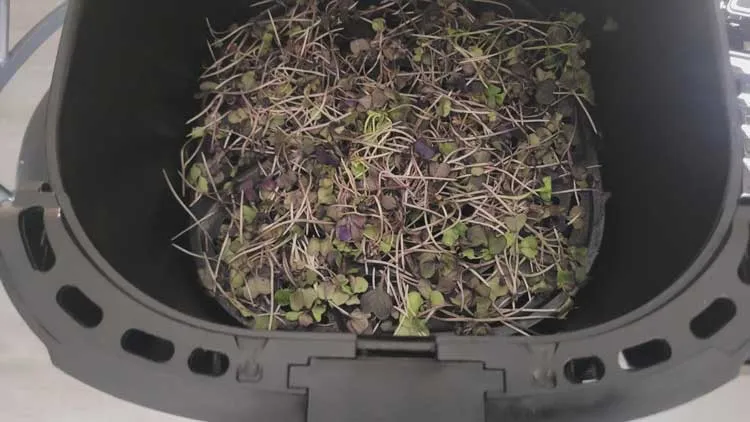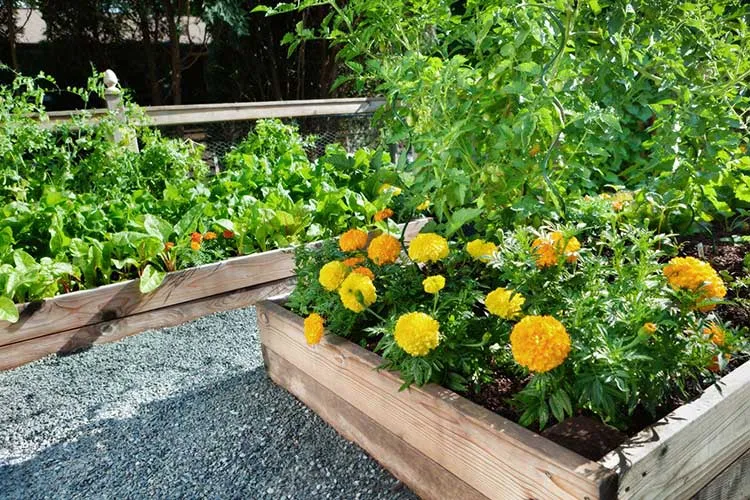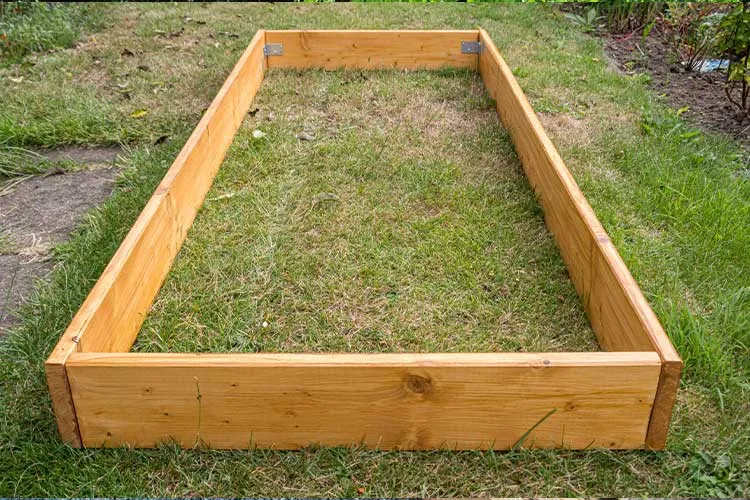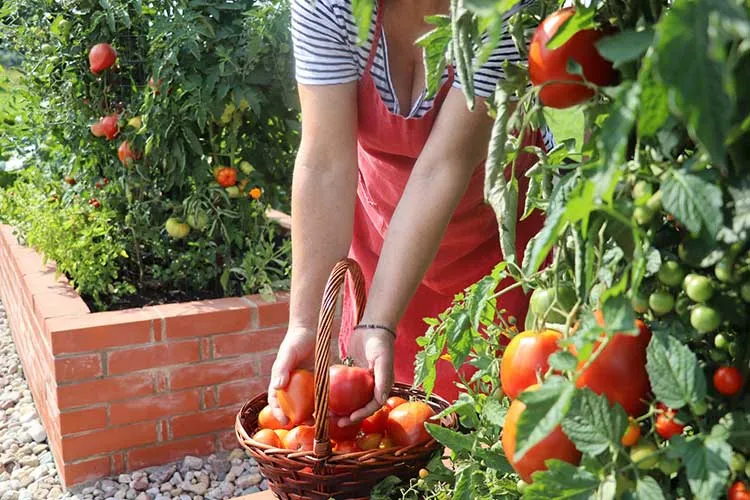Why does your once-sweet lettuce suddenly taste bitter and shoot up a tall flower stalk? This is bolting—a natural survival response where lettuce shifts from leaf production to flowering and seed-making. Triggered by rising temperatures, long daylight hours, and stress, bolting can turn tender leaves tough and unpalatable.
But don’t worry—understanding the causes can help you slow it down! From planting bolt-resistant varieties like ‘Buttercrunch’ to providing shade and steady watering, small adjustments can extend your harvest. Plus, bolting isn’t all bad—it brings seeds for next season and attracts pollinators.
Why Does Lettuce Bolt?
Bolting happens when lettuce shifts its focus from growing tender leaves to producing flowers and seeds. This physiological process is triggered by environmental cues, primarily temperature, stress, and daylight changes. As temperatures climb, lettuce senses that its growing season may be ending. In response, it sends a tall central stalk and prepares to flower. This is the plant’s survival mechanism—it rushes to reproduce before conditions become too harsh.
Longer daylight hours also contribute to bolting, signaling to the plant that it’s time to mature. Stressors such as inconsistent watering, overcrowding, or sudden cold snaps can also fast-track the process. The result? The leaves turn bitter and tough, making the lettuce less appetizing. Understanding why bolting occurs is the first step in learning to slow it down and extend your harvest of sweet, crisp leaves.
Identifying the Signs of Bolting
One of the first signs of bolting is the formation of a tall central stalk rising from the center of the plant. This stalk grows quickly and can reach impressive heights as the plant shifts its energy toward flowering. You’ll also notice the leaves changing—what was once soft and tender becomes tougher and thicker.
Taste is another clear indicator. When lettuce starts to bolt, the leaves develop a bitter flavor that makes them far less enjoyable. Soon after the stalk appears, small flower buds form at the top. If left to mature, these buds will eventually bloom into delicate yellow flowers.
Spotting these early signs helps you catch bolting before it fully takes over, allowing you to make adjustments or decide whether it’s time to harvest what’s left.
Common Causes of Premature Bolting
High temperatures are one of the biggest culprits behind early bolting. Lettuce thrives in cool weather, so the plant survives when daytime temperatures consistently rise above 75°F (24°C). Inconsistent watering is another factor—if lettuce dries out, even briefly, it can trigger stress that speeds up bolting. On the flip side, waterlogged soil can also put the plant under strain, further increasing the risk.
Overcrowding is also a common issue. When lettuce plants are too close together, they compete for nutrients, light, and water, which can cause early maturity and bolting. Additionally, planting at the wrong time of year—especially too late in the spring—means your lettuce matures just as the hottest days arrive.
Lastly, some lettuce varieties naturally mature faster than others, and an older plant will bolt as part of its life cycle regardless of growing conditions. Choosing the right variety and spacing your plants well can help minimize these triggers.
Best Varieties for Bolt Resistance
Bolt-resistant varieties are your best bet if you want to grow lettuce that stays sweet and crisp longer. Some types, like Buttercrunch and Jericho, are known for handling heat without going bitter. Parris Island Cos (a romaine variety) is another popular choice, offering a longer growing window before bolting.
Leaf lettuces like ‘Red Sails’ and ‘Black Seeded Simpson’ also have good resistance, making them excellent options for warmer climates. These varieties have been bred to withstand longer days and higher temperatures, which helps extend your harvest.
Choosing bolt-resistant varieties reduces frustration and ensures a more productive garden. Paired with smart planting techniques, these lettuces can thrive even when the weather starts to warm up.
Tips to Delay Lettuce Bolting
1. Time Your Planting Wisely
Start by planting lettuce during the cooler months of early spring or fall. If you’re planting in late spring, choose faster-growing varieties to harvest before the heat kicks in. Succession planting—sowing new seeds every few weeks—keeps a steady supply of fresh leaves and prevents everything from bolting at once.
2. Provide Shade When Temperatures Rise
When the weather warms up, relieve your lettuce by using shade cloth or planting near taller vegetables that naturally provide cover. Even temporary shade can help cool the plants and slow the bolting process.
3. Keep the Soil Moist and Consistent
Water consistently to avoid stressing the plants. Lettuce has shallow roots, so moistening the top layer of soil is essential. Drip irrigation or a soaker hose can help maintain steady moisture without overwatering.
4. Thin Overcrowded Plants
Overcrowding increases competition for nutrients and can lead to early bolting. Thin your plants to ensure plenty of space for airflow and growth. Aim for around 6-8 inches between each head of lettuce, depending on the variety.
5. Feed with Care
A light, nitrogen-rich fertilizer will encourage leafy growth rather than flowers. Avoid heavy fertilizing once the plants are mature, as this can accelerate their life cycle. Compost or balanced organic fertilizers keep plants healthy without over-stimulating them.
Benefits of Bolting
While bolting may seem like a setback, it offers some surprising benefits. Once your lettuce produces flowers, saving seeds for future plantings is an excellent opportunity. Many lettuce varieties produce abundant seeds, making it easy to gather and store them for next season.
Bolting plants also attract pollinators like bees and butterflies with their delicate blooms, boosting your garden’s biodiversity. These helpful visitors support the health of your entire garden by pollinating other crops.
The tall, flowering stalks add visual interest to your garden, creating height and movement. Rather than pulling bolted plants immediately, you can let some flowers and contribute to a more diverse and self-sustaining garden ecosystem.
Preventing Bolting for Future Plantings
Timing is key to preventing bolting in future plantings. Start by planting lettuce early in the season to mature before the hottest days arrive. Succession planting is another effective strategy. Sow new seeds every two to three weeks to maintain a steady supply of fresh lettuce without risking a full crop bolting all at once.
Growing lettuce indoors or in a shaded area during peak summer can also extend your growing season. Containers allow you to control the environment, making moving plants to cooler spots easier when needed.
Mulching is another helpful technique. A layer of organic mulch, like straw or shredded leaves, helps regulate soil temperature and retain moisture, reducing plant heat stress. This added insulation can make a big difference when temperatures begin to rise.

